Why electric cars will be more capable off-road
From Toyota LandCruisers and Range Rovers to the new breed of electric pickup trucks from Rivian and Nikola, going off-road promises to be easier with electricity.
Electric propulsion has so far avoided SUVs designed to venture deep off-road – but it is coming.

Off-road specialists Jeep and Land Rover already have plug-in hybrid options available – in the case of Jeep they’re only available overseas – and each is evaluating full battery electric vehicles.
Want the latest EV news and reviews delivered to your inbox? Subscribe to our weekly newsletter!
Toyota’s upcoming new LandCruiser, expected to be codenamed the 300-Series, will also be available with a hybrid system.

The upcoming Tesla Cybertruck also claims good 4×4 ability, although it’s unlikely to come to Australia.
And all manner of startup brands – including Rivian, Nikola and Lordstown – are promising electric utes and SUVs with solid off-road capability over the next few years.
The addition of electric motors promises to provide additional control and smarts set to make them even more capable off-road.
Electricity is easier to modulate
At the late-2019 motor show reveal of the upcoming Defender, Land Rover’s chief product engineer – Stuart Frith – gave EV Central an insight into the advantages of electric motors.
“We like electric power for off-road vehicles,” Frith said. “It’s very easy to modulate, easy to control.”

He is referring to the ease of adjusting the torque sent to the electric motor/s.
Rather than having to cut the fuel supply to a petrol or diesel engine and wait for a corresponding response a fraction of a second later, the electricity sent to an electric motor can be adjusted almost instantly.
And having the maximum torque available from zero revolutions means loads of grunt can be provided very quickly.
See our comprehensive EV Calendar for all the upcoming electric 4WDs and other electric cars and utes.
Being able to adjust the power almost immediately makes finding traction that little bit easier.
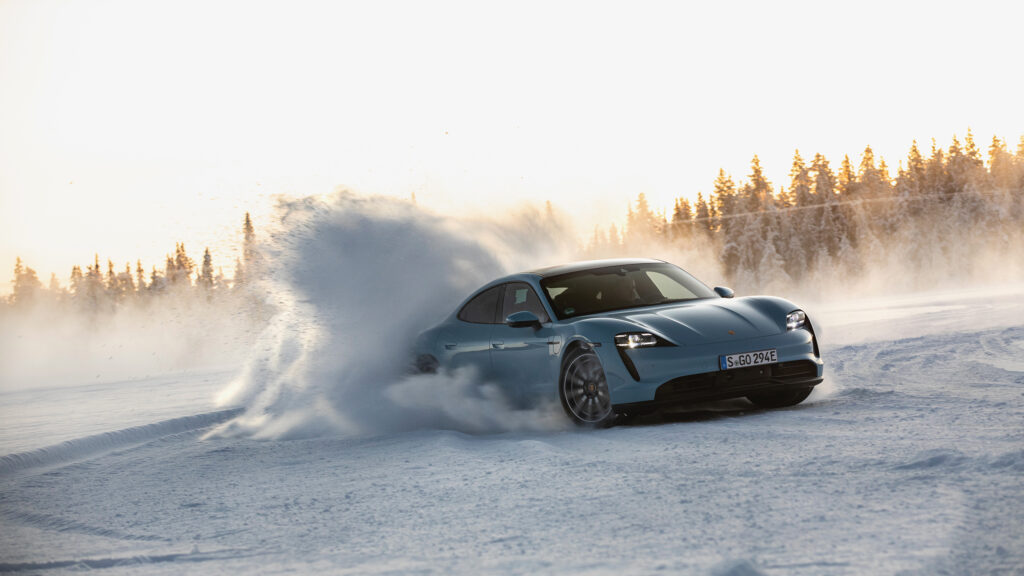
Porsche gave an insight into how much more intelligent traction control systems can be in apportioning drive to the wheels with traction at its Taycan media launch in 2019.
Engineers claim the Taycan’s traction control is up to 10 times faster than that in regular ICE cars, including the flagship Porsche, the 911.
“It’s much faster than an ICE car,” one Porsche engineer told EV Central. “That’s why we can apply lots of torque right from the start … we can modulate the different parts of the car very, very quickly.”



2020 Porsche Taycan 4S driving in the snow in Finland 
There are big benefits to keeping wheels turning in a controlled manner rather than wheel-spinning.
“That’s also the reason why the car is so good in snow,” the engineer said.
e-motors easier to modulate
Torque is crucial for off-roading. That pulling power that helps you trudge through sand or claw up a hill can make all the difference between making it through and calling for help.
Whereas petrol or diesel engines need to build revs (and, with turbocharged models, build turbo boost as well), electric motors can muscle-up their maximum torque from zero revs.
So easing over an obstacle or trying to extract yourself from a hole promises to be a whole lot easier with electric motors on the job.
Add in off-road-specific software tunes for throttle response and electric motors will have a clear advantage when it comes to precisely feeding drive to the correct wheel.
Keeping the weight low
Electric off-roaders also have another benefit: their centre of gravity.
Battery packs typically weigh hundreds of kilograms – often over half a tonne – and they are usually positioned in the floor of the car, helping keep lots of the weight way down low.
That means getting your off-roader on an angle should make it easier to keep the shiny side up.
That said, for Land Rover PHEV models it says the bank angle – how much you can tilt it on its side – is identical for each.

Full BEVs could be a different story, given the ability to keep so much weight lower in the car.
The upcoming Land Rover Defender has not been designed to take a full electric system, with one engineer telling EV Central it would be a big effort to turn it into a BEV.
But the company is monitoring developments.
And Land Rover already does plug-in hybrids across other models. The Defender will follow.
High and (mostly) dry
Water kills internal combustion engines because it doesn’t compress.
If an ICE sucks water into the air intake it can very quickly put the fire out in an engine – permanently.

But electric motors don’t need air to make them work, so they can theoretically work under water.
That is, of course, assuming the electricity pulsing through the motor doesn’t come into contact with the water, which is highly conductive and can cause a short circuit.
And, of course, no one wants a few hundred volts of electricity running through the stream their kids are going for a dip in.
So EVs have their own challenges in ensuring the battery packs and electronics keep the electricity away from the water.
Jaguar says its I-Pace can drive through 500mm of water, which is the same as some accomplished off-roaders (a Toyota LandCruiser claims 700mm and the Ford Ranger 800mm).
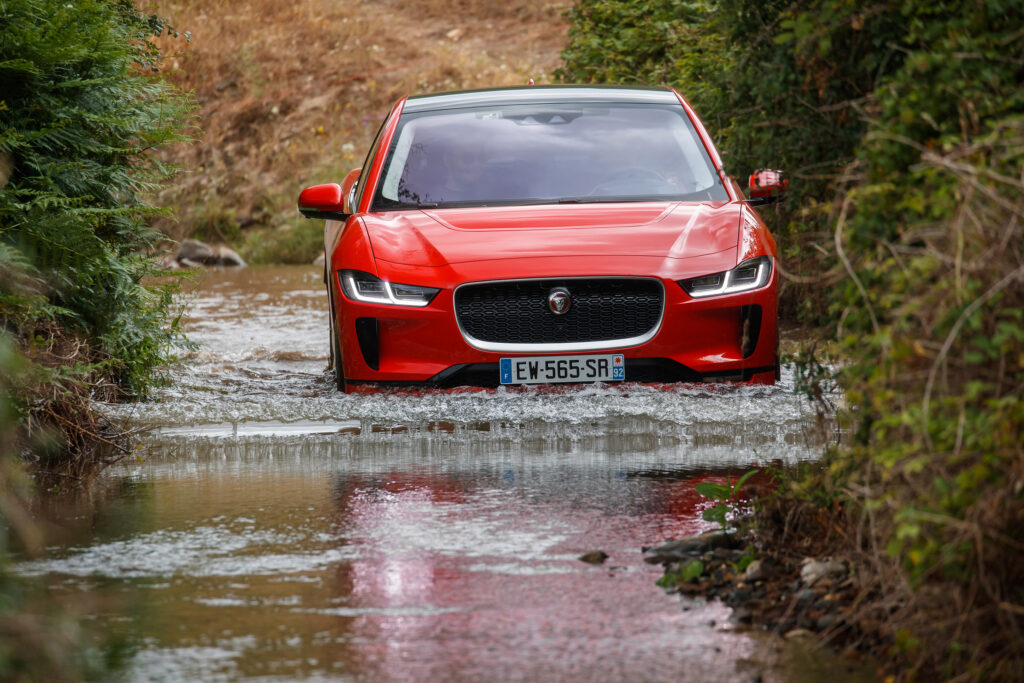
But Porsche limits its plug-in hybrid Cayenne variants to less. While regular Cayennes can wade through 500mm of water (or 530mm with air suspension) the hybrid ones (or E-Hybrid, as Porsche markets them) can traverse water between 250 and 280mm deep maximum.
Porsche says the battery is protected from water but other electronics and the motor need to be kept out of water, hence the lower wading depth.
EVs keep it simple
Most EVs do without traditional gearboxes, mainly because an electric motor has so much easily accessible torque and they can spin so fast (usually to around 15,000rpm) that they can cover off a suitable speed range.
And with max torque from zero revs it provides loads of grunt from down low.
So for many applications electric off-roaders may be able to bypass a dual-range transfer case, instead relying on that generous torque.

Car makers could also build in a more aggressive regen mode to simulate engine braking down steep hills.
Of course, one of the advantages of low-range gearing is being able to more carefully modulate the throttle in sensitive situations, such as rock-hopping. But that can all be done with software, allowing for a mode focused on rough road driving.
Tighter turns, better control
Diff locks are common on hard core four-wheel drives because they send the same drive to each wheel, aiding traction; rather than having one or two wheels wildly spinning, a car with multiple diff locks won’t stop until all four wheels are spinning.
But electric motors can provide much better control.
The Mercedes-Benz GLC and Jaguar I-Pace, for example, have two electric motors – one controlling the front wheels and one the rear. Each is independently driven, allowing software to determine when and how to make the most of the available electricity.

The possibilities for off-roaders are enormous; no longer would you need a centre differential lock because you can achieve the same thing by sending the same drive to each electric motor.
And off-roaders with four electric motors boost the off-road potential even more, as startup brand Rivian has demonstrated.
With US$500 million investment injection from Ford, Rivian has shown off its “tank turn”, which allows its all-electric pickup truck to effectively turn on the spot, at least if the wheels can slip to allow the car to turn. It does so by spinning left and right hand wheels in the opposite direction, forcing the car to pivot on its axis.
OK, so that bit is more party trick, but the ability to make tighter turns improves your ability of getting out of sticky situations – or avoiding them in the first place.
The power to relax
Many adventurers fit a second battery to their off-road rig so that they can have power when they arrive at the campsite.
The 12V batteries keep camp lights and fridges ticking over without flattening the main battery that starts the car.
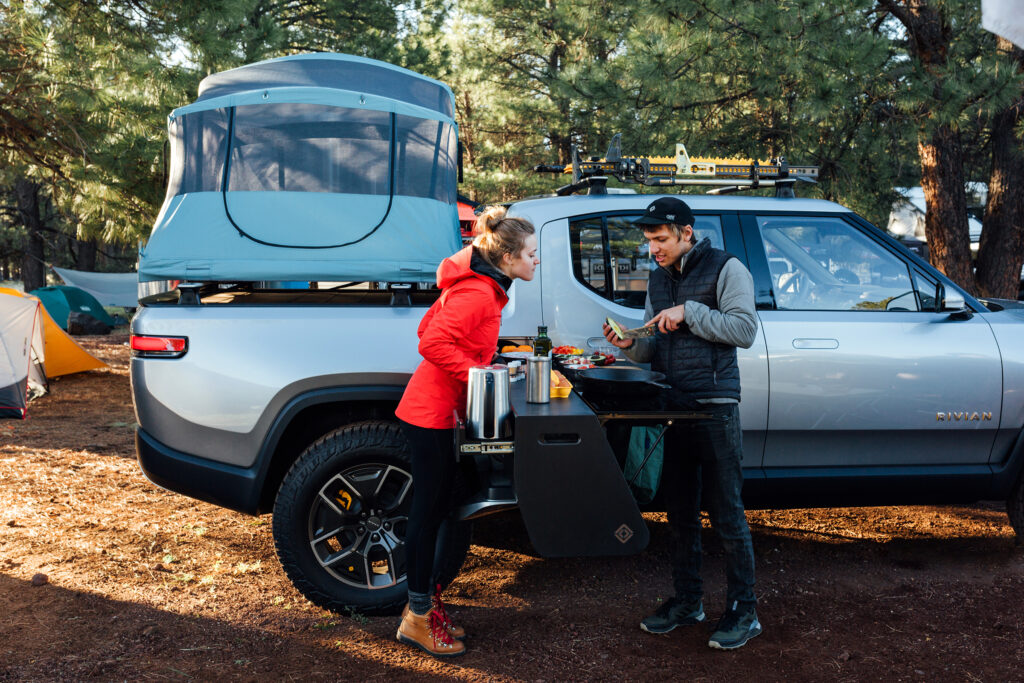
But having a far bigger battery pack providing between 400V and 800V opens serious possibility.
Not only can you have all the usual camp gear powered directly from the car, but higher powered stoves, kettles and other gadgets will be able to leverage the higher power.
Of course, there’s the very real issue of ensuring you have enough electricity to get home once you’ve partially drained the batteries.

That’s one of the main reasons we haven’t seen an all-electric off-roader yet – and one reason many are looking at fuel cells that run on hydrogen rather than bigger banks of batteries.
American startup company Nikola – which is preparing the radical Nikola Badger – will offer both BEV and hydrogen fuel cell versions of its pickup truck.
Expect the technology to evolve.
That said, Rivian claims you could camp for a week and use the car to cook and light the campsite while only using 20kWh of the 180kWh battery capacity.
See our comprehensive EV Calendar for all the upcoming electric 4WDs and other electric cars and utes.

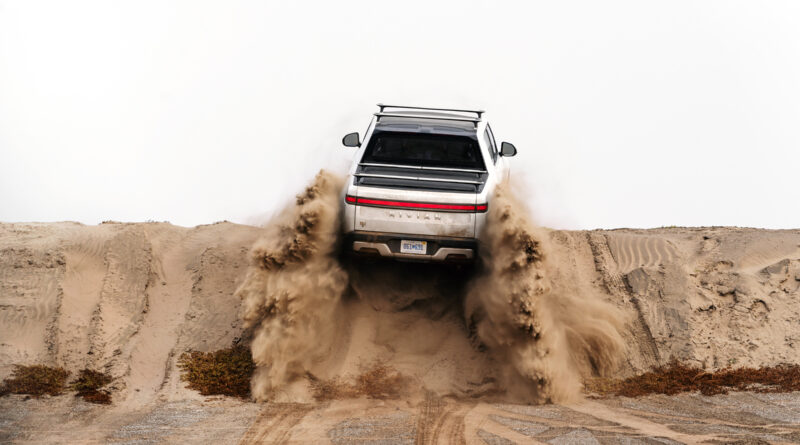
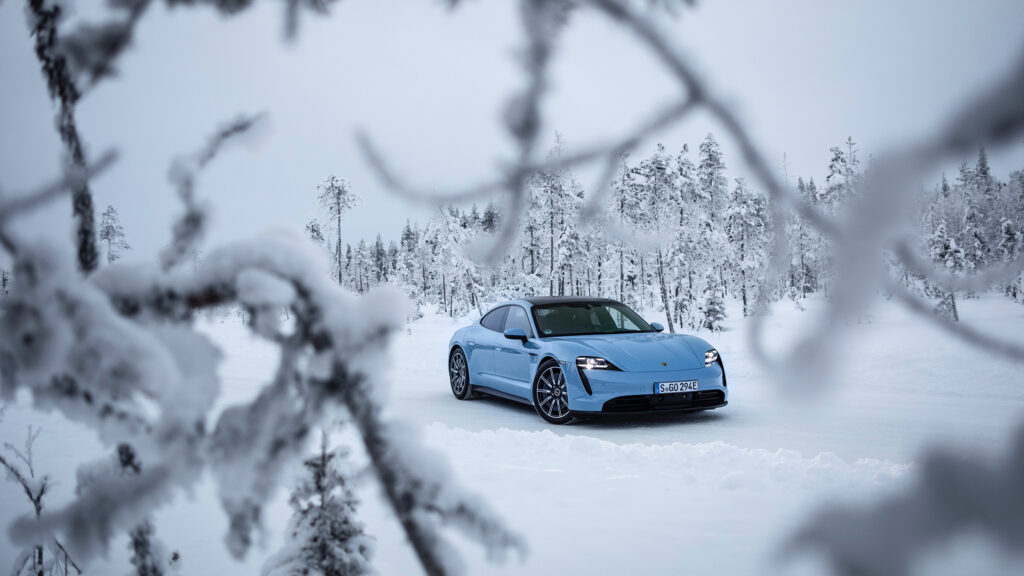
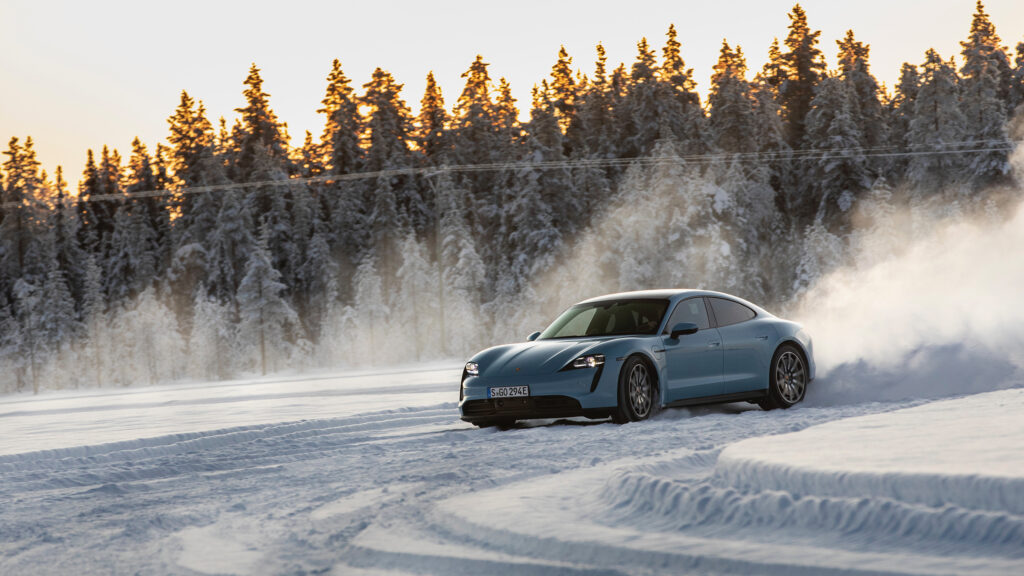
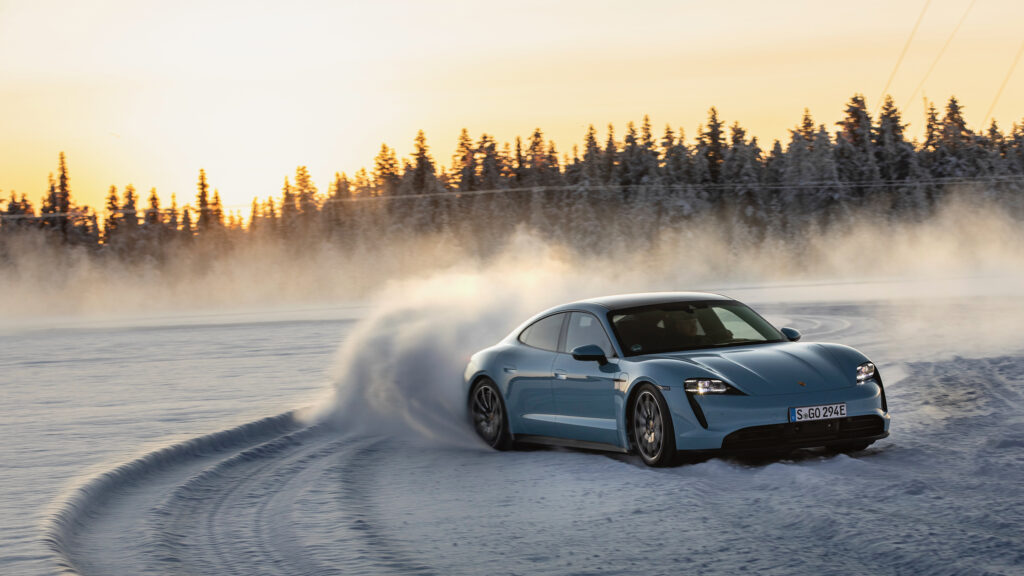
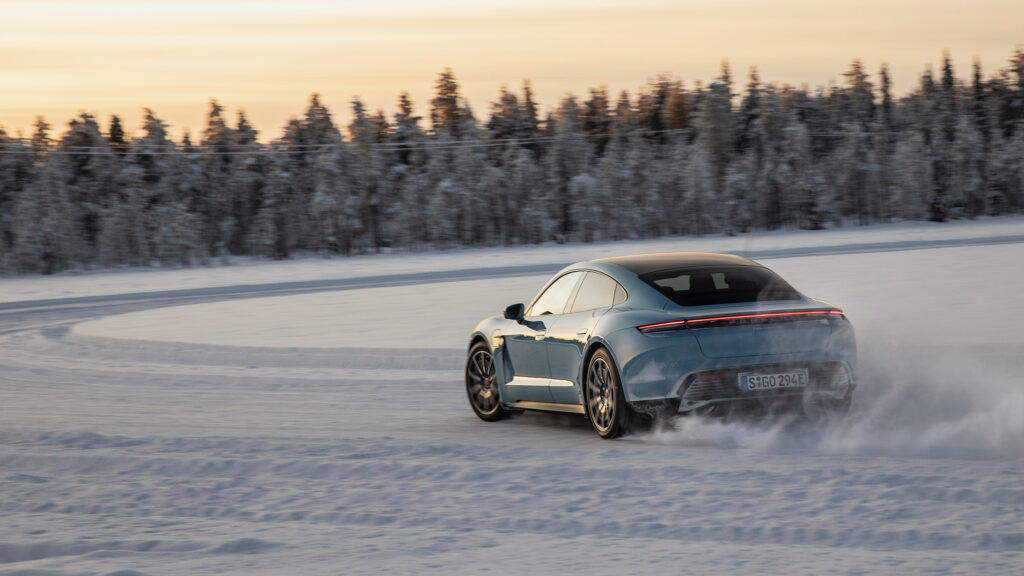
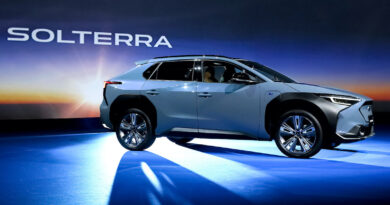
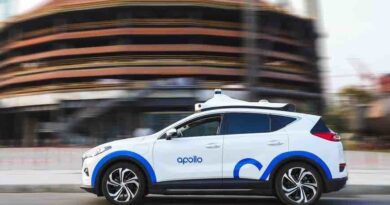
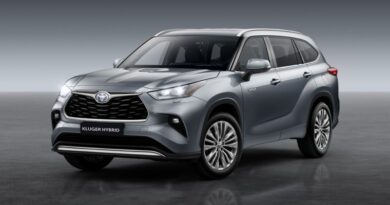
Hydrogen will be just as useless as Full electric charging in the middle of the bush..
It actually is worse, at least with a BEV you can set up some solar panels and recharge your vehicle,or if really desperate use a Generator (I know defeats the purpose).
Your not going to have a portable Hydrogen Maker…..
Like I’m really going to come DOWN a steep, slippery fire track in the High Country with electric motors and no engine braking, Thanks, comrades, for the rah-rah rev-up and good luck to you for milking every penny you can out of this site’s sponsors, but I’ll stick with my Mitzi V6 4WD, thank you very much.
The tech may not be there yet, but the potential is enormous. EVs can theoretically provide plenty of downhill ‘motor’ braking as they do now in the form of regenerative braking. As an example, the Porsche Taycan can generate up to 265kW of regenerative braking. Imagine a 4×4 with four in-wheel electric motors able to modulate each one independently and provide the same retardation going down the hill in the form of regenerative braking as they do going up the hill in motive power. That’s one reason the 4×4 manufacturers such as Land Rover and Jeep believe electric motors will make 4x4s more capable.